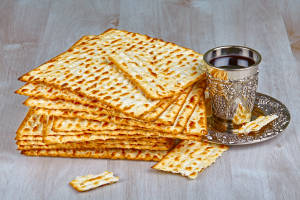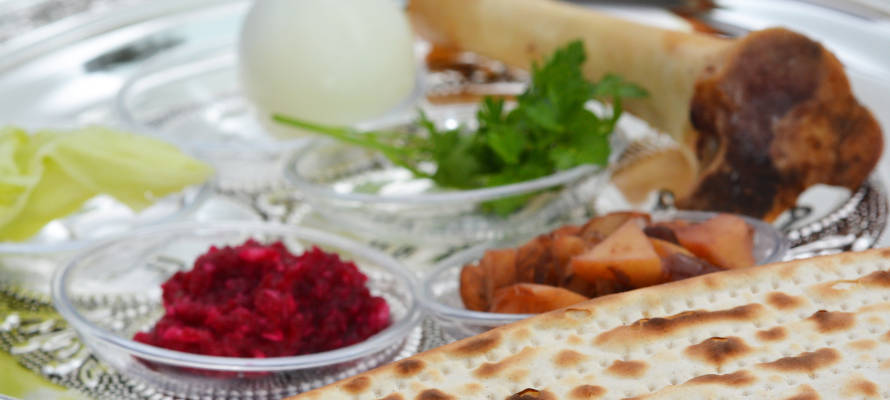Although not observed today, one of the central components of Passover is the ‘Korban Pesach’ – the sacrifice and consumption of the Passover lamb.
By Rabbi Ari Enkin, Rabbinic Director, United with Israel
The sacrifice and consumption of the Korban Pesach – the Passover Lamb – is not observed in the modern era, although it is essentially one of the central components of the Passover tradition.
The many fine details of this mitzvah (Torah commandment) make it quite a complicated topic.
In this article we’ll discuss a few of the many laws related to the Korban Pesach. The laws and procedures that make up the preparation of the Korban Pesach comprise no fewer than 11 of the 613 commandments of the Torah.
The Korban Pesach is a mitzvah equally binding on both men and women. It is taught that the mitzvah of Korban Pesach emphasizes the unique bond between God and the Jewish people as well as the covenants that He made with us.
One who is not circumcised is not permitted to partake of the offering. It is interesting to note that minors, those who don’t own any real estate and those unable to physically consume the offering are exempt from the requirements of the Korban Pesach.
The Korban Pesach offering must be either a goat or a lamb between eight days and one year old. The recipe regarding the preparation of the animal is an ancient yet simple secret. A wooden spit is thrust into the entire body of the animal, and it is then roasted upon an open fire.
It is imperative to ensure that every part of the animal gets roasted and that none of it remains raw.
After the preparation of the meat, the Korban Pesach is eaten as part of the Passover Seder after dark. Those who wish to dine on the offering with others may do so, and although groups are not limited in size, it must be assured that the entire animal will be consumed and that all participants in the offering consume at least an olive-sized portion of meat.
This is an important detail, as the entire offering must be completely consumed – an appetite beyond the scope of a single person.

The actual consumption of the animal is also a very ritualized procedure. Although it is certainly proper manners to take food from a serving dish and place it onto one’s own plate, with regard to the Korban Pesach, the meat is to be taken directly from the animal and placed directly into a person’s mouth (no dishes to wash!).
Furthermore, no more desserts may be consumed on Passover night – the meat of the Korban Pesach must be the last food that passes one’s lips in order to ensure that its taste lingers into the night. The mitzvah of eating matzah and maror (the bitter herbs) on Passover night was originally intended to be in conjunction with the Korban Pesach.
Indeed, in our day and age, when we continue to eat maror on Pesach, we are no longer fulfilling a biblical mitzvah; the consumption of maror is rabbinically mandated. The eating of matzah in our era, however, does remain biblically required.
Never Too Late!
In the event that for legitimate reasons someone missed the opportunity of offering or eating the Korban Pesach, there is a second chance: Pesach Sheini. The 14th day of the Hebrew month of Iyar is known as Pesach Sheini (the Second Pesach), and it is the day allotted for those who did not offer the Korban Pesach in its proper time to have a second chance.
There are many beautiful interpretations and explanations as to the significance of Pesach Sheini, many of which highlight the idea that it’s never too late to accomplish missed goals in life.
The above discussion represents but a few of the details on the importance and centrality of the Korban Pesach within Jewish tradition. It should be noted that the entire holiday of Pesach is actually none other than a national celebration of our freedom and the ratification of the Jewish people as a nation serving God. May we soon merit to greet the Messiah and to observe this special holiday in all its details.


